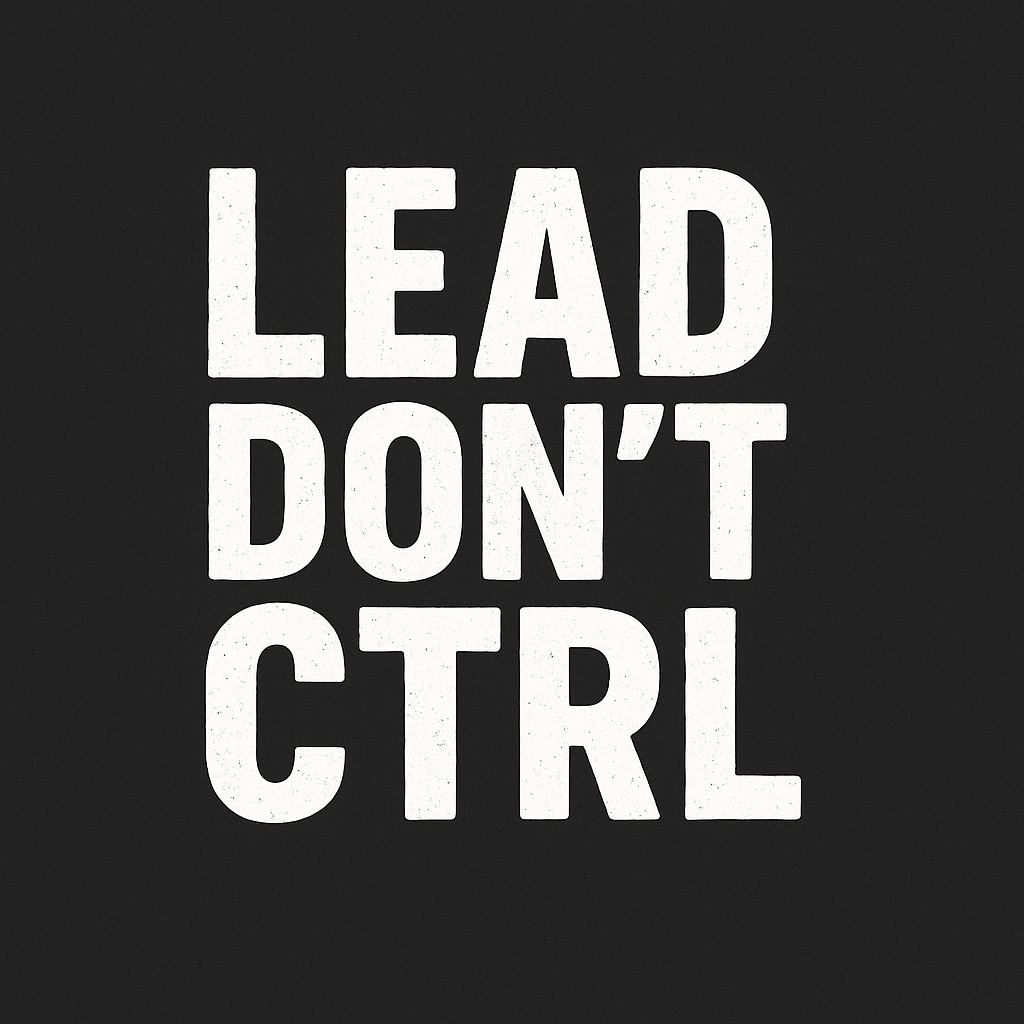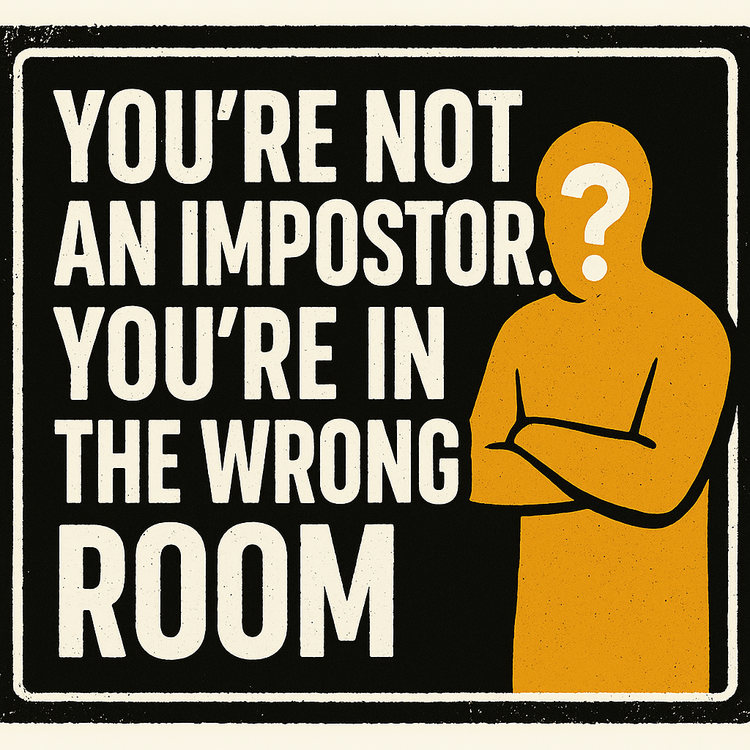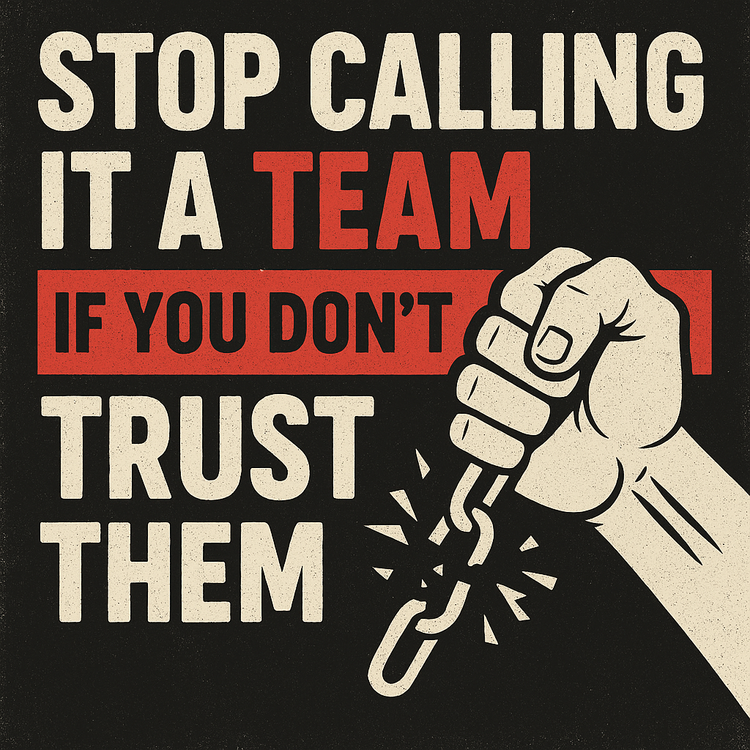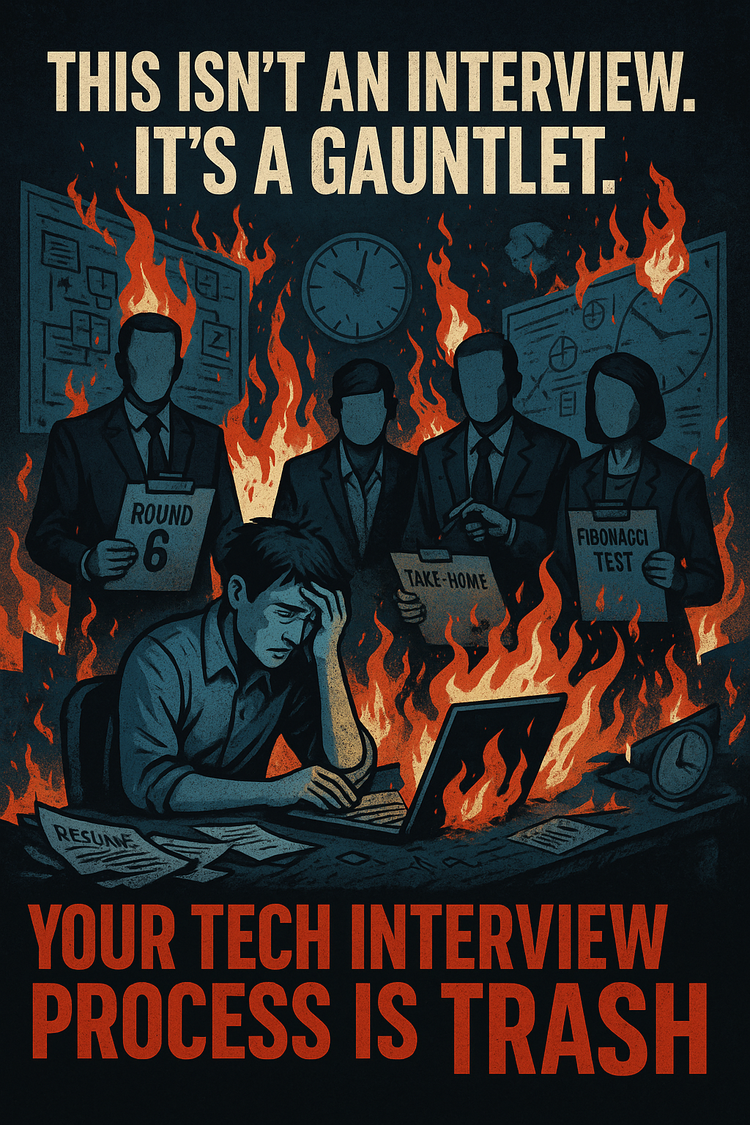Documentation Is Not Optional. It’s Culture.
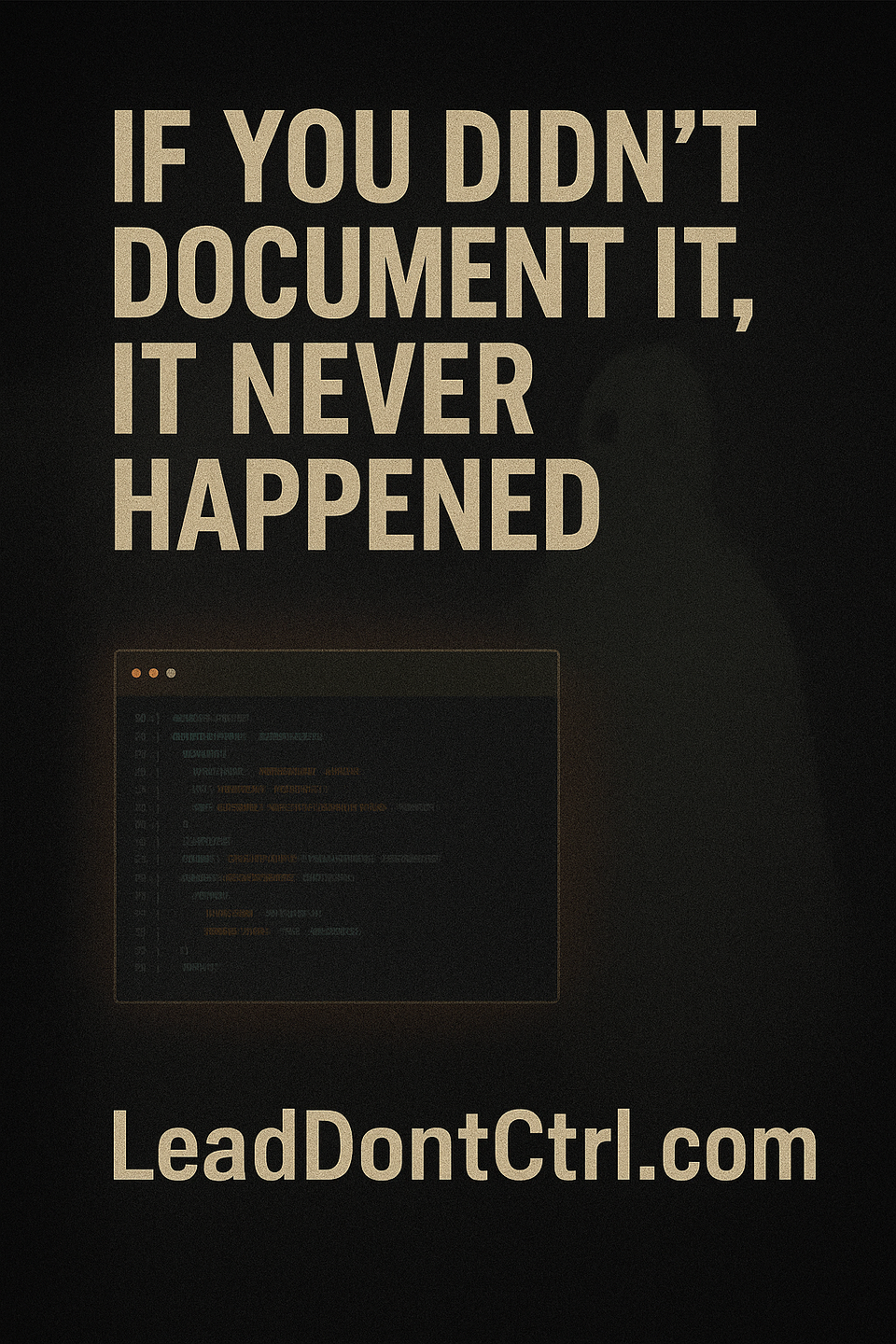
You know what’s worse than a bug?
A bug in a system no one understands because the person who built it left, and the only record of what they did is a four-year-old Jira ticket that says “fix thing.”
If your codebase is a black box, your team isn’t agile. It’s haunted.
And documentation? That’s the exorcism.
You Don’t Have a Code Problem. You Have a Memory Problem.
We like to act like documentation is a nice-to-have. A stretch goal. A “we’ll get to it after the sprint.”
Let’s call that what it really is: technical debt wrapped in arrogance.
Because if your system requires tribal knowledge to navigate,
If new devs need to summon the ghost of Carl to figure out the billing API,
If the only documentation is a 78-tab spreadsheet in someone’s Google Drive…
You’re not running a team. You’re running a time bomb.
“The Code Is Self-Documenting” Is a Lie
Look, we get it—clean code is great. Clear function names are awesome.
But code doesn’t tell you why something exists.
It doesn’t tell you what changed last sprint or what hack was added to get past that one vendor’s broken endpoint.
The code might run. But when it breaks, when a new hire joins, when leadership asks “what happens if we scale this?”—
Your silence will speak volumes.
Documentation isn’t overhead. It’s insurance. It’s onboarding. It’s legacy.
Good Leaders Make It the Norm, Not the Chore
Want your team to write docs? Make it part of done.
Not “maybe if we have time.” Not “let’s document later.”
You wouldn’t ship without tests (hopefully).
You wouldn’t release without review.
So why ship without context?
And if you’re a leader who never reads docs, but constantly asks for status updates—congrats, you’re part of the problem. If you don’t respect documentation, neither will your team.
What Gets Documented, Gets Respected
- Document decisions, not just functions.
- Document architecture, not just endpoints.
- Document the weird stuff, the why, the things-you’ll-forget-in-two-weeks.
- Document your assumptions, or watch someone else break them.
Documentation isn’t busywork. It’s the blueprint. It’s the map. It’s the culture.
So stop treating it like an afterthought.
Start treating it like the glue that holds your systems—and your team—together.
Because someday, someone’s going to look at your code and ask,
“Who built this? And what were they thinking?”
If you don’t document the answer…
you don’t deserve the trust.
Lead. Don’t Ctrl.
Hey, since you made it this far, you might actually care about becoming a better leader. Good news: I wrote an ebook that’ll help you skip years of trial and error.
